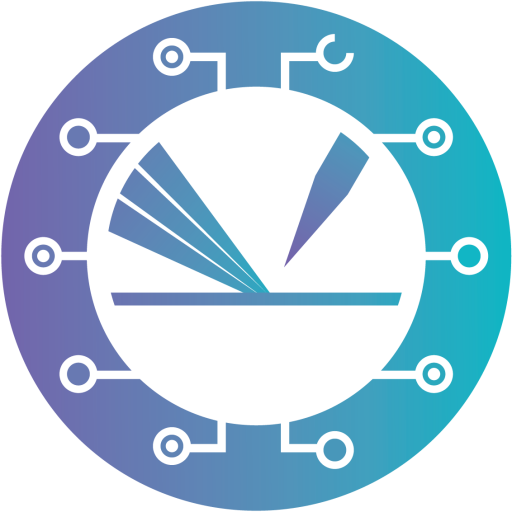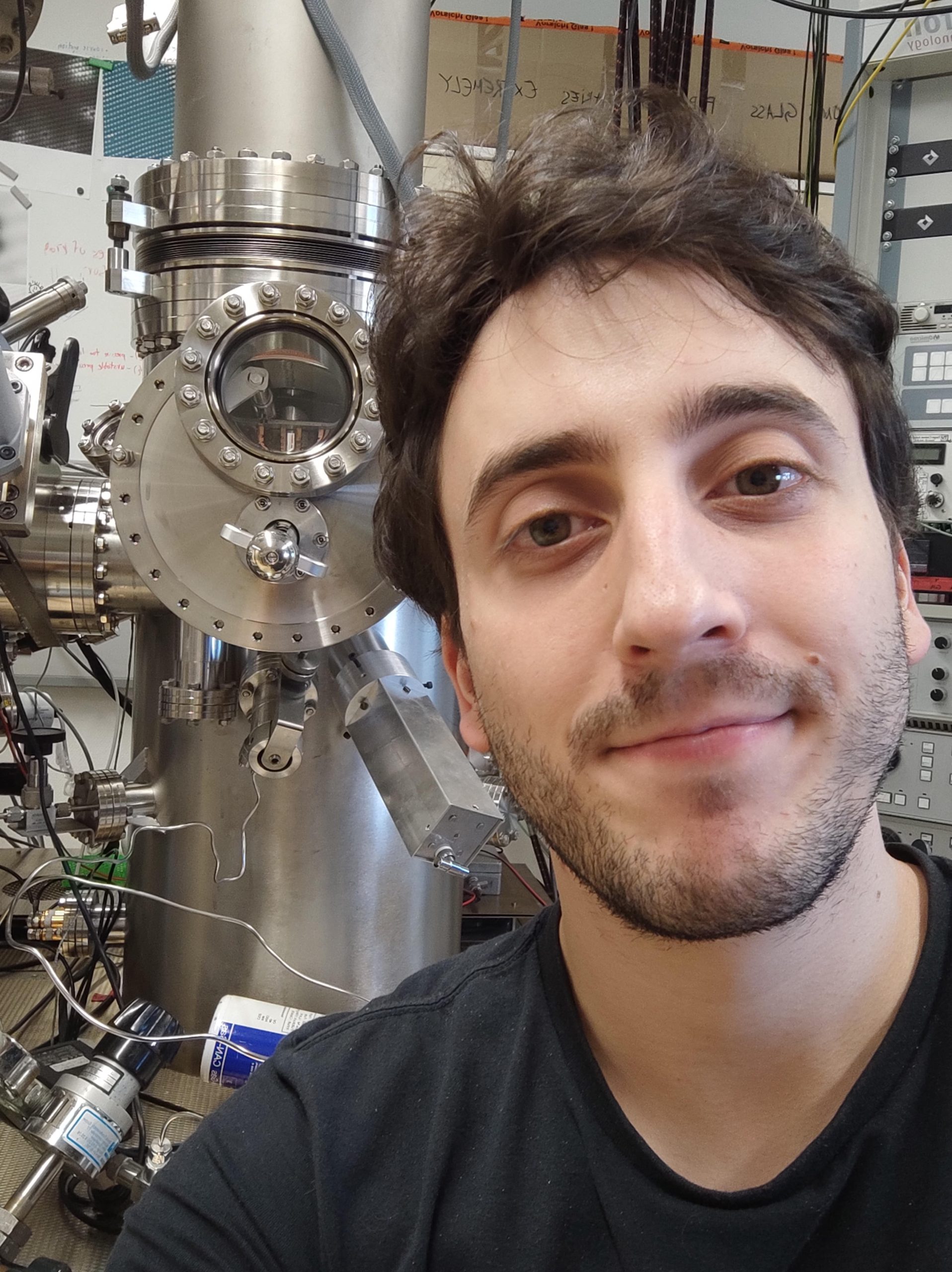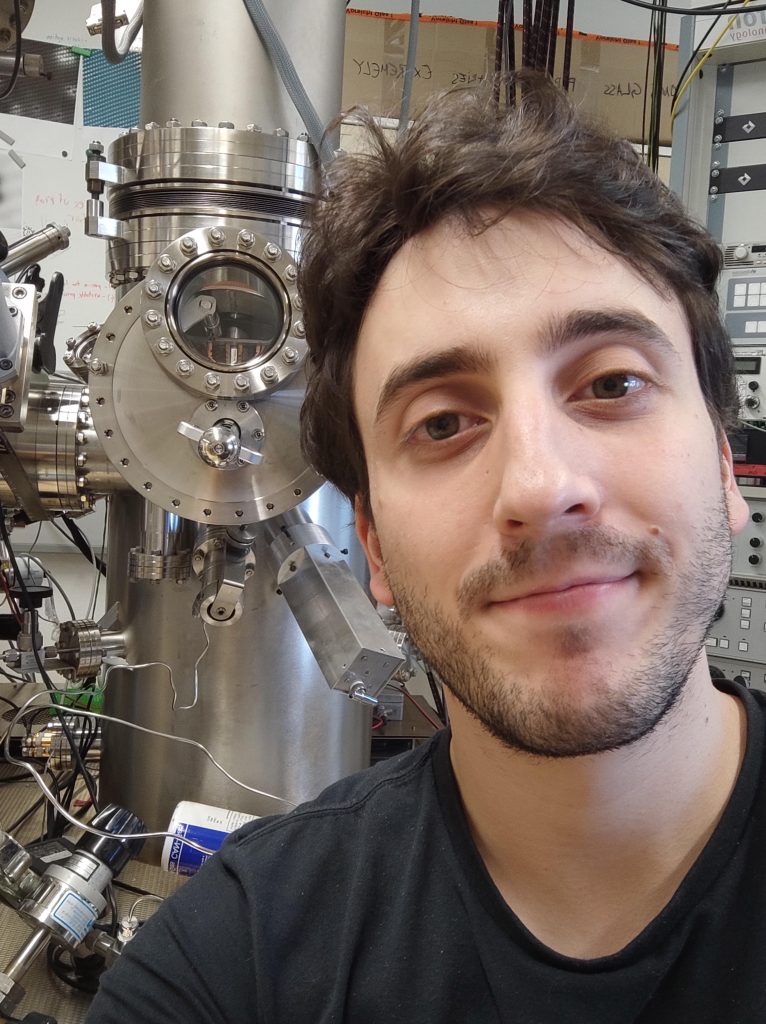Jesús Redondo
Charles University of Prague (Czech Republic)
Wednesday, 27th October 2021,16:45 s.t.
The talk will be given in a hybrid mode.
You can either join via Zoom:
https://univienna.zoom.us/j/99940003446?pwd=OUZRZ2t6SUJRUW9lSm1Cb2QrV0JoQT09
Meeting ID: 999 4000 3446 Passcode: PBxqQZ0K
Or you attend in physical presence (limited to 30 participants):
University of Vienna, Faculty of Physics, Center for Computational Materials Science,
Kolingasse 14-16, 1090 Vienna
Seminar Room SR18 (2nd floor)
Dopants and Polarons investigated by combined STM/AFM
Scanning tunneling microscopy (STM) and non-contact atomic force microscopy (nc-AFM) at low temperature (4.7 K) in ultra-high vacuum (UHV) allow the atomic-scale investigation of chemical and electronic properties of surfaces. I will show the capabilities of STM, nc-AFM and density functional theory (DFT) for revealing how the local charge density of dopants affect the interaction between substrate and adsorbate, using the system of boron- and nitrogen- doped graphene with adsorbed molecules such as CO and Fe-Pc.
The capability of creating and manipulating small polarons will be illustrated on the insulating Fe2O3(1-102): nc-AFM and Kelvin probe force microscopy (KPFM) permit working with clouds of hundreds of electron- and hole-polarons, which play a key role in applications such as the photoelectrocatalytic water splitting. Here, we investigate the effect of Ti-doping on polaron mobility using nc-AFM, KPFM and kinetic Monte Carlo (KMC) modelling.


